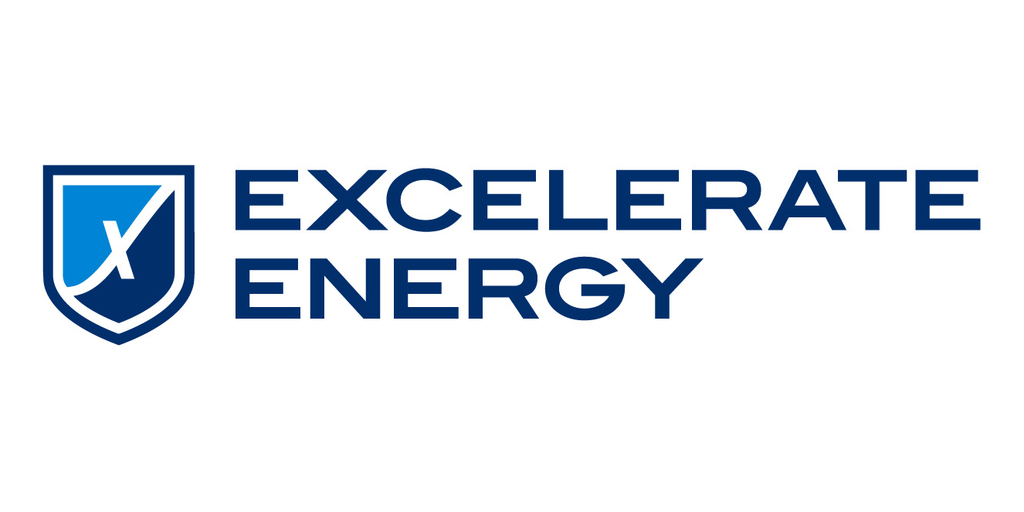Making an investment in physical gold and silver is easy. Insuring these new valuables stored at home is more difficult. It may be outright impossible in larger amounts.
The standard homeowner’s insurance policy provides little, if any, coverage for precious metal coins, rounds, and bars. The limit for many policies is well less than would be needed to even replace a single ounce of gold.
 More substantial coverage is available, but it requires additional specialty insurance known as a rider or floater.
More substantial coverage is available, but it requires additional specialty insurance known as a rider or floater.
Or it comes in the form of a separate “personal articles” policy. The insured may also need to have the valuables professionally appraised.
Investors with significant precious metals stored at home will be well served to compare prices and options with different insurers. An independent insurance broker should be able to offer coverage from multiple firms.
Once you have the coverage you need, keep good records documenting your metal holding in a safe place.
It is also important to take photos and/or videos of your stash in case you ever need to make a claim. Be careful, though, to avoid making these records accessible to anyone who doesn’t need to be privy to them!
Policies that insure valuables such as bullion, watches, and jewelry will be expensive. Policyholders can expect to pay 1% or more of the insured value in annual premiums. That means coverage for $50,000 in gold and silver will cost roughly $500/year.
Coverage for even larger amounts will get harder to find and perhaps be even more expensive. Coverage in excess of $250,000 will be especially difficult for most people to obtain.
The best method of securing large quantities of metal at home may be to hide it away and avoid talking about it. This, of course, is a wise practice regardless of how much metal is involved – and whether or not it is insured.
This article by the late Guy Christopher reminds of the importance of financial privacy in your household.
Clients who want insurance coverage for larger holdings can get it via depository storage. The metal is in a secure third-party facility, such as Money Metals Depository.
The good news is the total cost of secure storage in a state-of-the-art, class 3 vault is usually no more than half the cost of floater or personal articles policy — and this includes all-risks insurance coverage.
*********



